As crazy as it may sound, data from space can be extremely helpful in fighting disease on Earth. How exactly are earth observation and infectious diseases related?
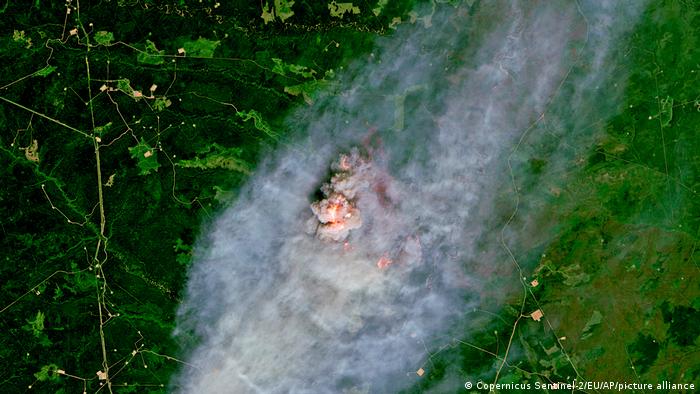
From the destruction of forests researchers can derive a prognosis for the probability of virus transmission
I'll admit it: When the word came up that I should go to this year's Living Planet Symposium, which the European Space Agency (ESA) is hosting on the subject of Earth observation satellites, I was moderately enthusiastic. Even the word “earth observation satellites” is so unwieldy that I thought the topic was only interesting for – in the truest sense of the word – spaced-out fans and experts.
However, I had to realize that earth observation obviously has a large fan base. ESA counted 4700 registrations for the five-day symposium and visitors are spoiled for choice between more than 240 individual events. These included several presentations on the use of satellites to research and combat infectious diseases such as cholera, influenza or the zoonotic disease Ebola. That sounded so crazy that I got curious.
The person who brought the satellite and space research topic out of the infinite expanse of space and brought it very close to the audience listening at the opening event was, of all people, an astronaut. Alexander Gerst told how it feels to look at the planet from above.
Forest fires, cloud formations, the glow of big cities at night, huge river deltas. “Suddenly, when you see this big picture, so much becomes clear,” said Gerst.
According to the motto: sometimes it helps to look at the big picture to get a closer look at the details. It is precisely this approach that researchers use when they use the images and numbers from earth observation satellites for their work.
Destructed forest, more Ebola
Larisa Lee-Cruz from the French agricultural research center CIRAD presented a study in which the researchers used data from earth observation satellites such as Sentinel to find out how the Ebola virus was transmitted. Overall, Lee-Cruz says knowledge about the extremely deadly bat-borne infectious disease is still poor.
However, by comparing satellite images from different regions in West and Central Africa, the researchers are fairly certain that Ebola breaks out particularly often in areas where large forest areas used to be fragmented or completely destroyed and instead used for agriculture.
The satellite images the scientists used show forest shrinking in an area of around 190 km² in Guinea over a period of ten years. It is data that the researchers can integrate into their investigations into the life and behavior of bats and the risk of virus transmission to humans.
“With the help of Earth observation, we can not only track changes in vegetation , but also temperatures and the level of air pollution,” says Rochelle Schneider, who researches the use of artificial intelligence in Earth observation at ESA. She is particularly interested in how satellite data can be used in healthcare.
Another natural event that satellite data can provide information on can have a massive impact on human health: floods.
Cholera and diarrhea
785 million people worldwide have no access to clean water. For example those people who live at Lake Vembanad in the state of Kerala in India. With a length of around 100 km, Lake Vembanad is the second largest lake in the country. And a real mess.
The water, heavily polluted with heavy metals, pesticides and microplastics, is nevertheless a tourist attraction and the livelihood of many people. In 2018, a particularly heavy monsoon led to a flood of the century – 500 people died and over a million people lost their homes. Floods also often lead to so-called “waterborne diseases”.
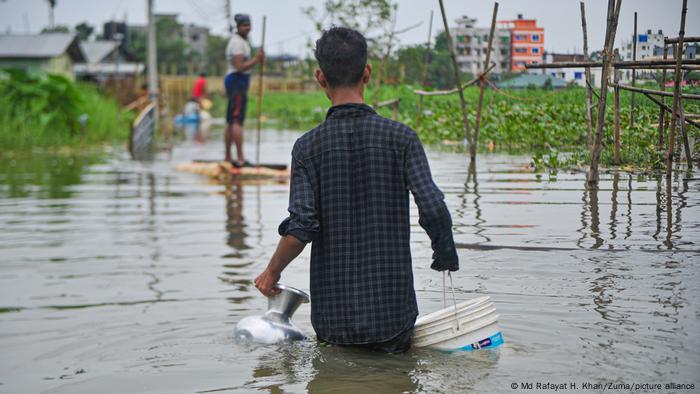
Predicting flooding from satellite data can be extremely helpful. If appropriate action is taken
In addition to cholera, diarrheal diseases caused by bacteria such as Escheria coli (E. coli) are the cause of death for around 1.5 million people a year. The spread of E. coli and the resulting diseases are strongly correlated with rainfall, says Manuela Grippa from the Géosciences Environment Toulouse (GET) in France.
Together with researchers from Burkina Faso, Grippa used satellite data to estimate precipitation levels. In addition, the scientists examined collected water samples and evaluated epidemiological data on the spread of diarrheal diseases in the region.
A lot of knowledge, not enough will?
“Satellite data is a great help, especially in regions where there are few other options for collecting health and environmental data,” explains ESA's Rochelle Schneider.
After two days at the Living Planet Symposium, Earth observation satellites strike me as extremely useful diagnostic tools, constantly monitoring and surveying the planet.
Like a patient whose heart attack might be predicted by the close monitoring, can the satellite data provide valuable information about imminent disasters such as floods.
However, in order to actually be able to prevent the disaster, whether it is a heart attack or a flood, measures are necessary. In the case of the planet, these are primarily climate protection measures.
So whether there is actually a lack of knowledge and data when answering the question of how we can maintain a healthy planet worth living in for all people, or whether there is not much more political will to act – I don't have a satisfactory answer to that at the Living Planet Symposium obtained.


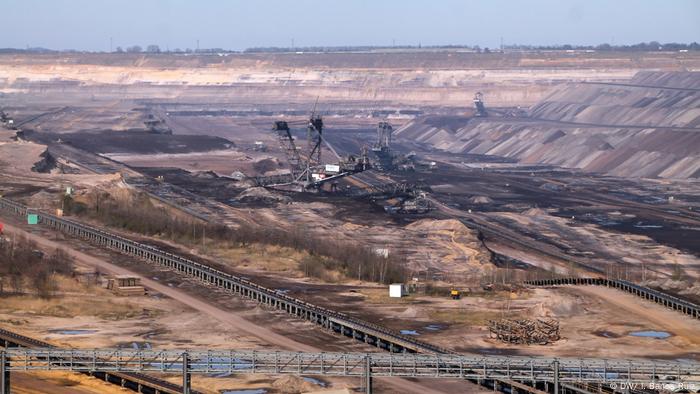 Earth Observer Sentinel-1: Satellites with Radar View
Earth Observer Sentinel-1: Satellites with Radar View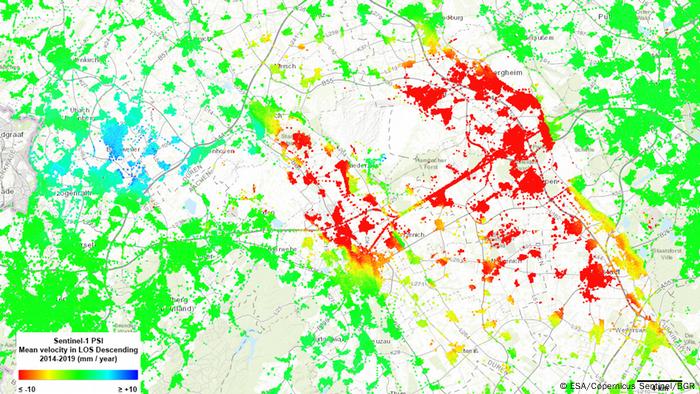 Earth observer Sentinel-1: Satellite with radar view
Earth observer Sentinel-1: Satellite with radar view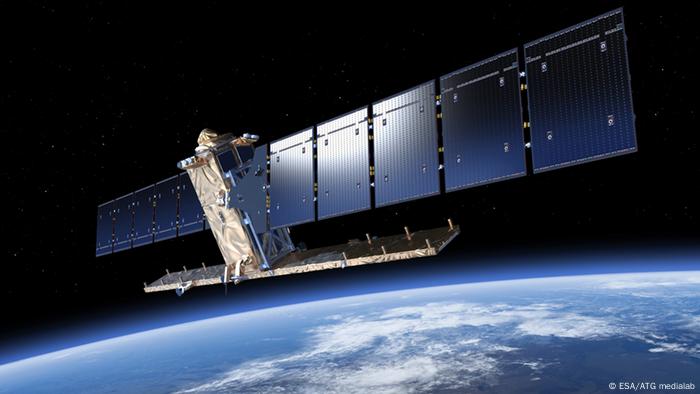 Earth observer Sentinel-1: Satellite with radar sight
Earth observer Sentinel-1: Satellite with radar sight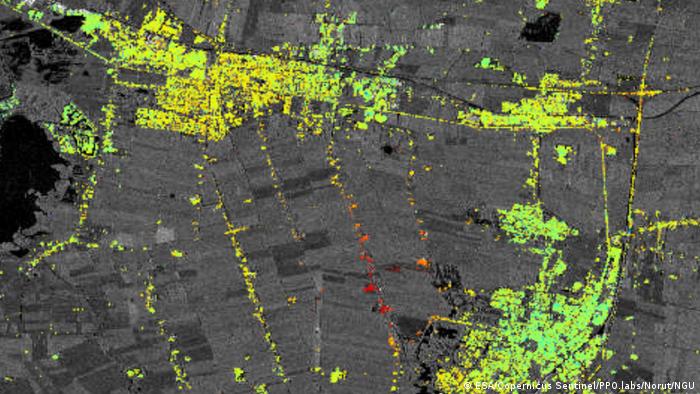 Sentinel-1 Earth Observer: Satellite with radar sight
Sentinel-1 Earth Observer: Satellite with radar sight Earth observer Sentinel-1: Satellite with radar sight
Earth observer Sentinel-1: Satellite with radar sight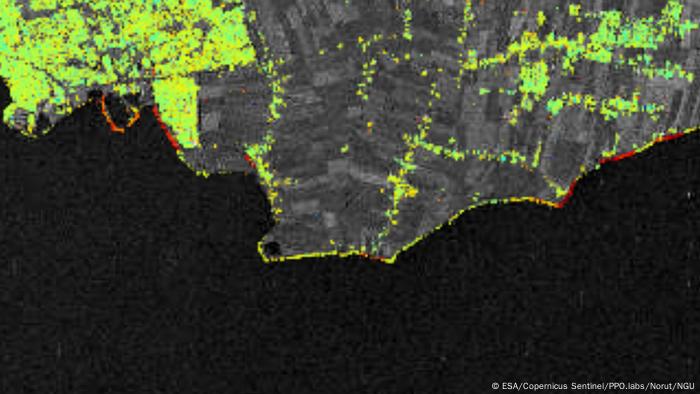 Earth observer Sentinel-1: Satellite with radar sight
Earth observer Sentinel-1: Satellite with radar sight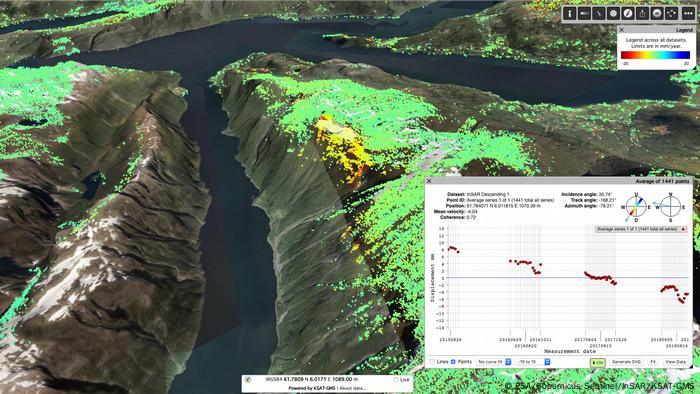 Earth observer Sentinel-1: satellites with radar view
Earth observer Sentinel-1: satellites with radar view Earth observer Sentinel-1: satellites with radar sight
Earth observer Sentinel-1: satellites with radar sight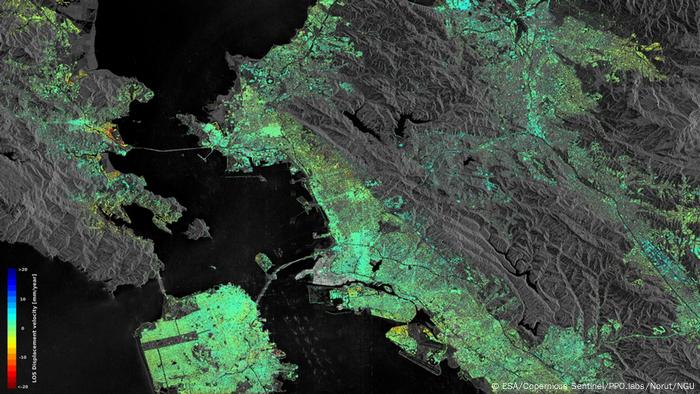 Earth observer Sentinel-1: Radar View Satellites
Earth observer Sentinel-1: Radar View Satellites Earth observer Sentinel-1: satellites with radar sight
Earth observer Sentinel-1: satellites with radar sight Earth observer Sentinel-1: satellites with radar vision
Earth observer Sentinel-1: satellites with radar vision